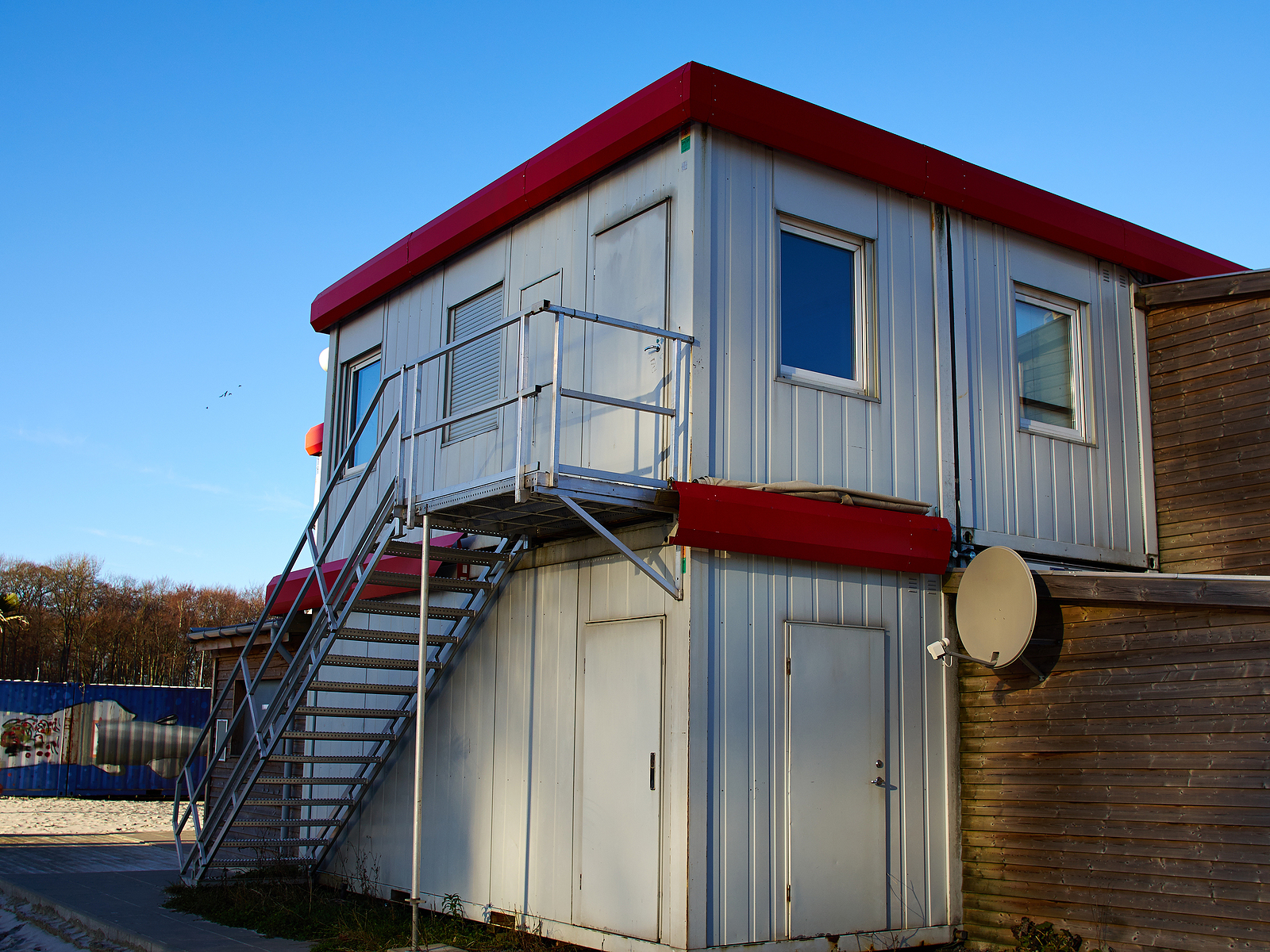Inspiration can come from the most unusual places, and nowhere is this more apparent than the idea that a cargo shipping container can be converted into a beautiful home.
The first major actualisation of this idea was Container City I on Trinity Buoy Wharf in London. This proved the concept was not only possible but desirable, with a lot of scope to make modular housing of all shapes, sizes and price points.
This was, in itself, possible thanks in no small part to a 1987 patent for converting steel shipping containers into a building that could be lived in, presumably as a way to use storage containers at building sites.
What is unusual is that two years before this, a relatively obscure straight-to-video film seemed to extensively show the burgeoning potential for the use of shipping containers for homes, but was it really the case that an obscure B-movie changed sustainable buildings forever?
Building Prison Planet
Released in 1985, Space Rage: Breakout on Prison Planet was made as part of a bet, and has received reviews that suggest this was fairly apparent in the finished product.
Heavily inspired by the 1981 film Escape From New York, Space Rage was the space western of sorts where bank robber Grange attempts to escape the New Botany Bay prison on Proxima Centauri, a prison with no walls outside of the heavily guarded spaceport which is the only way to escape.
It was written and produced by Morton Reed, a psychologist from Beverly Hills who made a bet with the late low-budget film producer Roger Corman that he could come up with an interesting film idea after hearing him and Elliott Slutzky complain about finding fresh concepts.
After forming a production company and getting genre film distributor Vestron to fund its production, Mr Reed had $3.2m to build Prison Planet, half of the budget of Escape From New York.
The design of the planet was a frontier town in space, and to that end, many of the sets and buildings were constructed using shipping containers. The modular nature and corrugated design made them somewhat perfect analogues for the wooden buildings of the main street of a classic Western.
There are chases, shootouts and many other scenes that extensively show their use as homes, shops and security stations, something that at the time gave the film an industrial futuristic aesthetic but looks oddly prescient given the container-shaped future we live in.
Whilst this aspect was impressive, neither cinema-goers nor film critics were terribly impressed.
At its test showings in Stamford, Connecticut under the name Trackers: 2180, Vestron demanded significant reshoots before it was released on video in 1986.
Given its limited success, could it have had an outsized influence on the future of architecture? It appears deeply unlikely, given that there are patents that predate the existence of this film and show that, at best, the set designers of Space Rage were engaged in some parallel thinking.
Despite its relative failure, the film is now a footnote in one of the greatest successes in modular architectural history.

